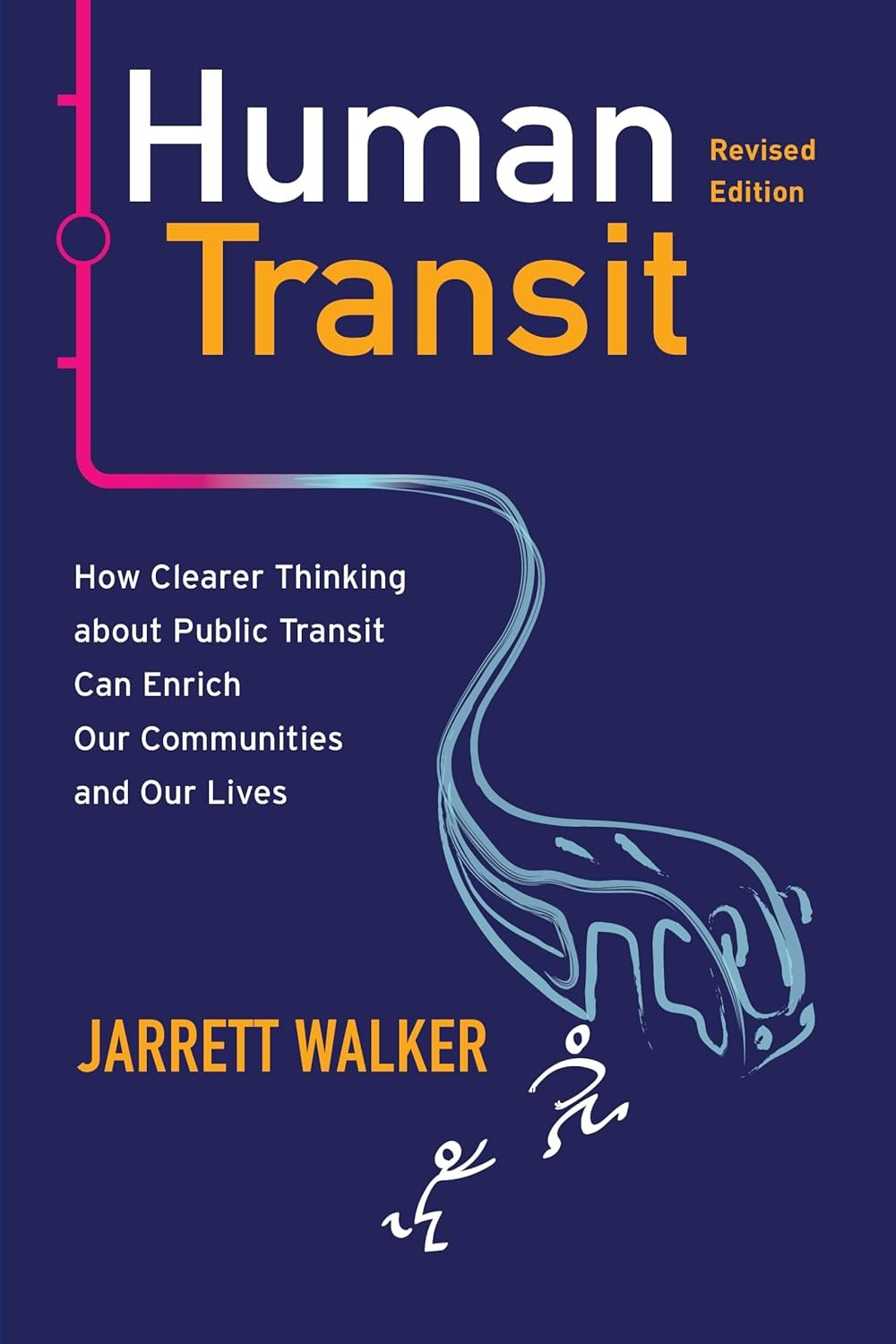

The Difference Between Private and Public Planning
Community plans written for public entities have a completely different objective and require an opposing view of cities than what is required to prepare community plans written for private developers. Too many planning consultants who have made a career out of preparing specific plans and other planning documents for private developers expect to be able to use that expertise to prepare specific plans for cities. Not only is the process different (it requires a lot more public input to prepare a plan for the public), but the entire planning philosophies underpinning each type of plan are diametrically opposed to each other.
The goal of planning for most private developers is to build a community to a finished state. At the end of the project, roads will be built to their final right-of-way width to accommodate any future growth in traffic, all of the homes will be in situated in the middle of their lots and covenants in place to prevent changes in the future, and retail centers will have their big box stores and national credit tenants in place for the next decade or more. This sells to the new residents the feeling of certainty, stability, and permanence. It also allows the developer to make their profit and walk away from the community without concern for its future.

Documenting the Changing Face of Our Built Environment
I’m an avid amateur photographer and I’m fascinated by the intersection between photography and our built environment, especially historic photos of the cities and towns I’m familiar with so I can see where we’ve come from and how quickly things can change.
It’s interesting comparing the different feelings historic and contemporary photos evoke. The only real difference is the passage of time, but the feelings one feels looking at them are so much different. I am sure that people looking at those historic photos when they were new felt much the same as we do today looking at current pictures. In many ways, the subjects of photos probably weren’t that interesting since they were seen daily. It is just with time that they become interesting.
Watching the movie Lost in Translation is a great example of this. The movie still feels recent, even though it’s already more than twenty years old, but it shows a Tokyo that simply doesn’t exist anymore. All of that neon has been replaced by LEDs. There was recently a great exploration of this changing image of cities in cinema focused on Los Angeles and Hong Kong that dove into this in more detail. It focused on the changing sources of light in our cities, but it’s equally true for the city as a whole.

Book Review: Human Transit (Revised Edition)
For the past decade, Human Transit by Jarrett Walker has been the preeminent book for non-transit planners to understand transit planning. A revised edition of the book was released earlier this year which incorporates an additional decade of experience Jarrett has obtained as a practicing transit planner. Overall, Human Transit is the best example that I’ve found of books by consultants that walk the tightrope between advocacy and execution.
Overall, Jarrett’s framework for thinking about transit is that access is the key metric that transit agencies should be paying attention to. He defines access as “the freedom to do anything that requires leaving the home.” This focus on access, and the chapter dedicated to it, is new in the revised edition. While the rest of the book has not been substantially changed, this lens of access changes the understanding of the rest of the book even if the words did not change. It provides this idea that when designed and evaluating different transit options, transit agencies should be looking at how many people will have access to jobs and school and shopping and anything else that will take them out of the house via transit versus other modes of transportation. This is a significantly different way of evaluating transit than that which was presented in the first edition.

San Angeles’ Unique Built Environment
Whenever I leave the megacity of San Angeles, or better known as the Greater LA Area, I am struck by how unique it is. The unending expanse of built up city, from Camp Pendleton in the south up to the Angeles National Forest in the north, is unlike any human geography anywhere else in the world.
Taking the train out of Manhattan and up to Buffalo on Monday, I was amazed at how much time we spent rolling through forests and farmland. It took no time at all to get off the island and through Yonkers. From there, the landscape was dotted by towns and small cities, each one separate and distinct. These were not just distinctions based on subtle changes to the public rights of way, but true separation between where one town ends and the next begins. The same has been true in Florida and Oklahoma and Massachusetts and Washington and North Carolina. It’s even true in San Diego and the Bay Area. Southern California is the only place where every city abuts its neighbors without any separation.
So much of the discussion of urban planning, especially transportation planning, feels foreign and no applicable to San Angeles. The simple idea of connecting places with transit and high speed roads, while restricting speeds through places, makes sense in a place like upstate or western New York, but it feels completely nonsensical in Los Angeles. Any given arterial road or intersection in San Angeles is simultaneously a place and not a place. It’s a place to go, and a landscape to drive through.
